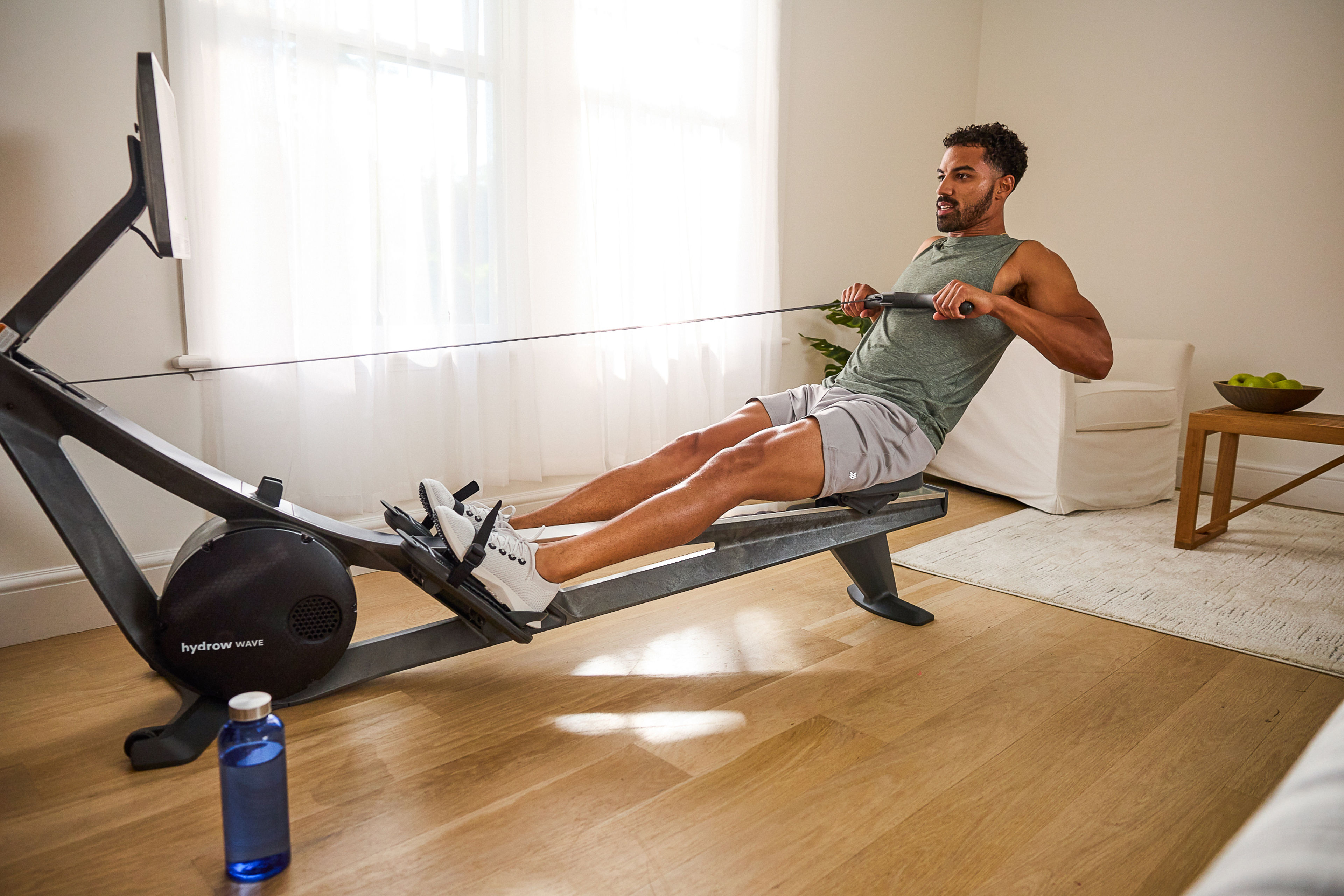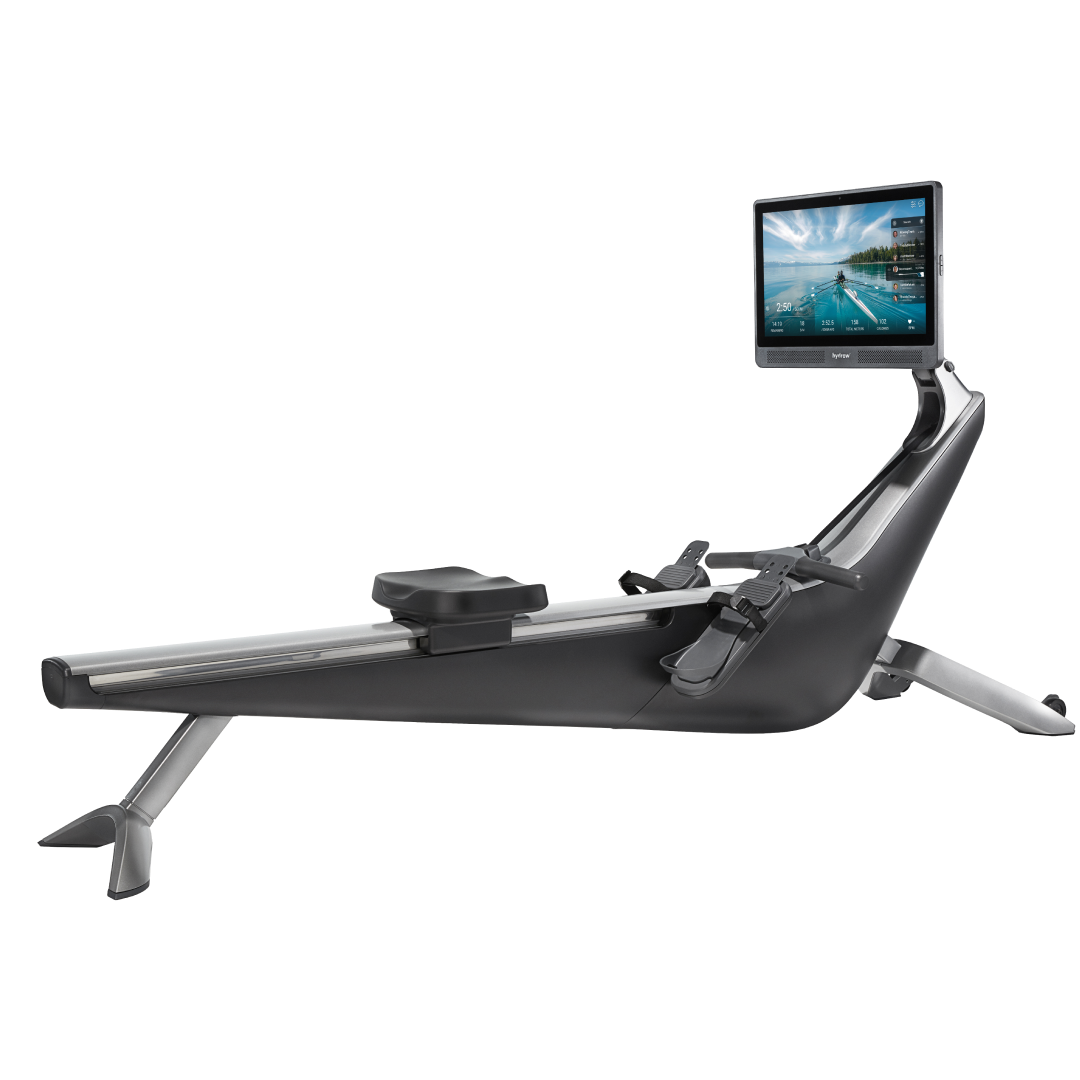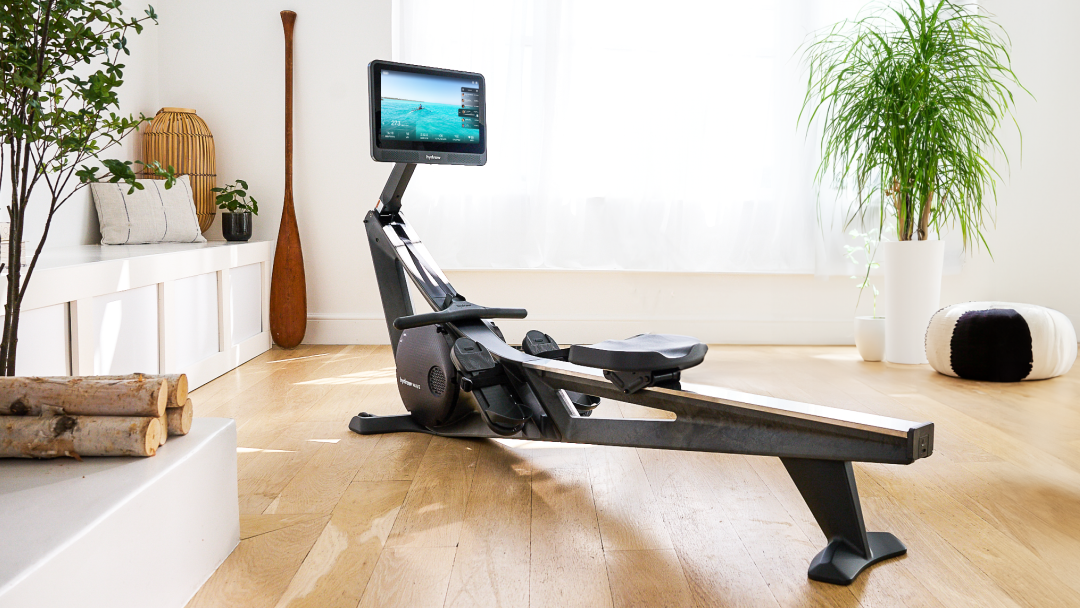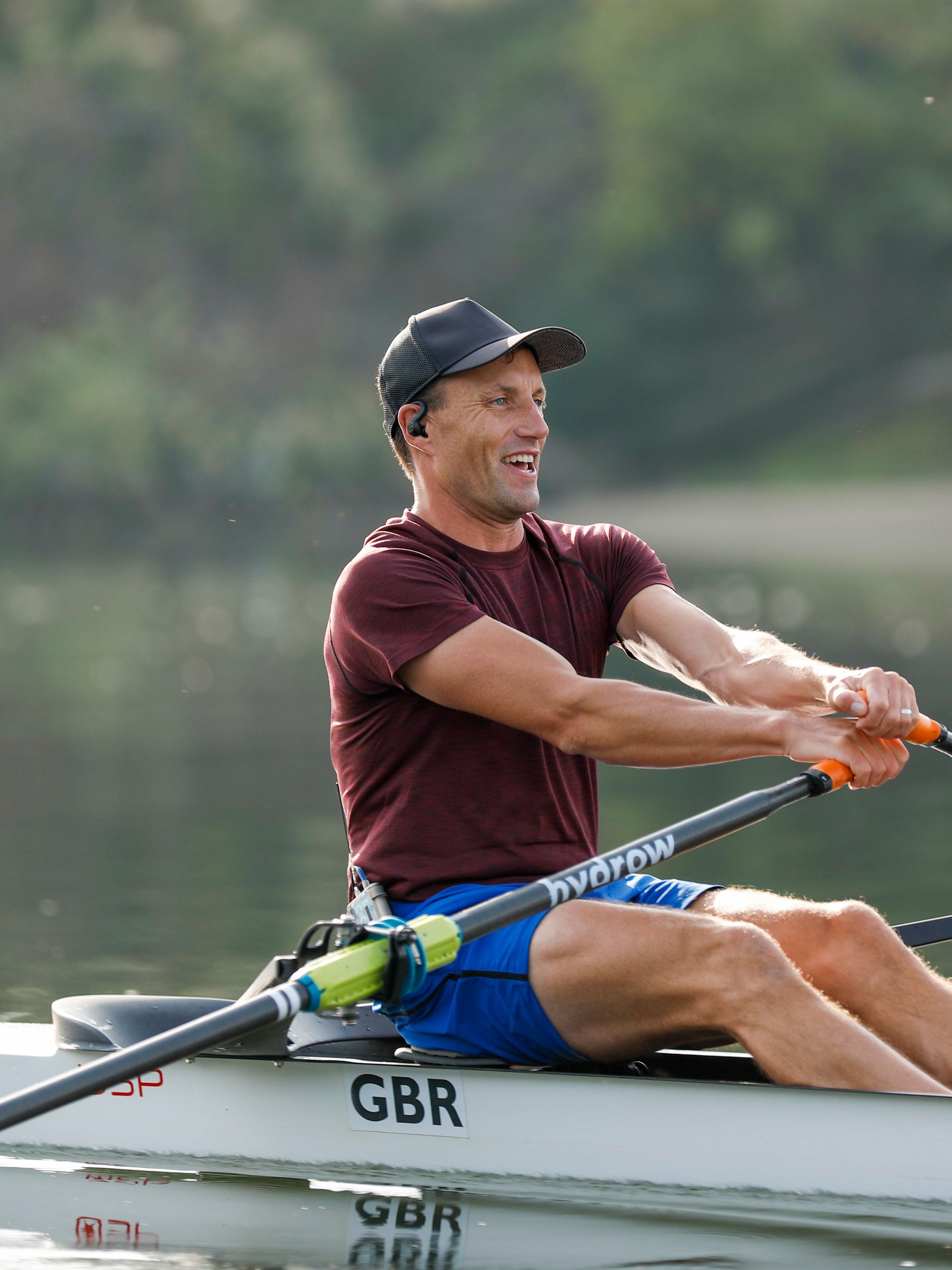Rowing vs. Cycling: Which Workout Is Right for You?

If you are looking for an exercise that increases your heart rate, burns fat, builds muscle, and improves your cardiovascular fitness, you’re likely asking yourself whether you should buy an indoor rowing machine or a stationary bike.
Both rowing and cycling are popular options for beginners and seasoned athletes alike, as they’re known for being low-impact exercises that can help you increase your fitness level and incorporate more cross-training into your routine.
If you’re weighing rowing vs. cycling, it’s important to understand that both have unique benefits that may (or may not!) jive with your current fitness goals. Let’s jump into:
The benefits of rowing vs. cycling
Rowing and cycling are both great cardiovascular exercises. Take a look at professional cyclists and rowers, and you’ll see that both groups have great cardio fitness, low body-fat percentages, and high levels of strength.
Indoor cycling and rowing are both low-impact sports that combine aerobic elements (lower-intensity exercise that relies on oxygen for the main source of energy) and anaerobic elements (higher-intensity exercise that relies more on glucose for energy). Both can be done irrespective of age and provide cardiovascular health benefits, help you burn fat, and provide resistance that enables you to build muscle.
The benefits of rowing
If you are looking for a full-body workout that targets multiple muscle groups across your lower and upper body, it’s hard to find a better one than rowing. In fact, rowing uses 86% of your muscles across your legs, core, and arms!
This means you’re engaging a larger volume of muscle mass during rowing. Additionally, your heart rate and your VO₂ (the amount of oxygen used during exercise) will be higher, giving you a more intense cardio fitness benefit.
The bottom line is that you can get a full-body workout and strength and cardiovascular benefits in less time with rowing. The time you spend exercising will also burn more calories, so if one of your fitness goals is to burn fat, rowing could be an efficient choice for you.

Cardio and Strength, Combined
Burn calories and build muscle with a Hydrow rowing machine.
The benefits of cycling
Exercise bikes offer primarily lower-body workouts that are great for providing a low-impact exercise everyone is familiar with. It is a great cardio workout and can be part of a full-body exercise program if coupled with another form of exercise like weight training.
The low barrier for technique in cycling makes it easy to start and not have to worry too much about your cycling form. One other benefit to note is that your hands are free while cycling to check those all-important text messages or scroll through IG if you find it difficult to be separated from your phone during exercise!
Related blog: Is Rowing or Cycling Better for Your Knees?
Calories burned: Rowing vs. cycling
So, which burns more calories: cycling or rowing? If burning calories is your primary goal, we do have a clear winner.
While both rowing and cycling provide high-intensity and lower-intensity cardiovascular benefits in a low-impact exercise, rowing does so by utilizing a majority of your muscle mass. Not only is rowing the clear winner during exercise, but interestingly, you’ll even continue to burn calories once your rowing workout is complete. The amount of calories you burn after your workout — known as your excess post-workout oxygen consumption (EPOC) or “afterburn” — is also greater during rowing.
Related read: How Many Calories Do You Burn on a Rowing Machine?
Are cycling and rowing good for cross-training?
Yes! Both cycling and rowing provide great physical benefits, including aerobic fitness, strength, and changes in body composition. They are also both low-impact sports, so if you are a runner looking to change up your routine and introduce a different stimulus to enhance your training, both cycling and rowing are perfect here. They also reduce the stress on your joints from doing a higher-impact activity.
As well as the physical benefits of introducing a different type of exercise to your regular routine, both rowing and cycling can provide great mental benefits if you use them to add variety to your workouts.
Rowing machine vs. exercise bike: Final thoughts
Both rowing and cycling are great options for strength and endurance workouts. The type workout that will most benefit you is very much dependent on your goals.
If you’re weighing the benefits of cycling vs. rowing and are interested in rowing, be sure to check out Hydrow. The Hydrow rowing machine provides the cardio, strength, and calorie-burning benefits of rowing with a connected fitness screen that allows you to follow elite and Olympic athletes as they guide you through a library of over 5,000 workouts.

Explore Hydrow
Learn more about how you can transform your fitness routine with a rowing machine.






